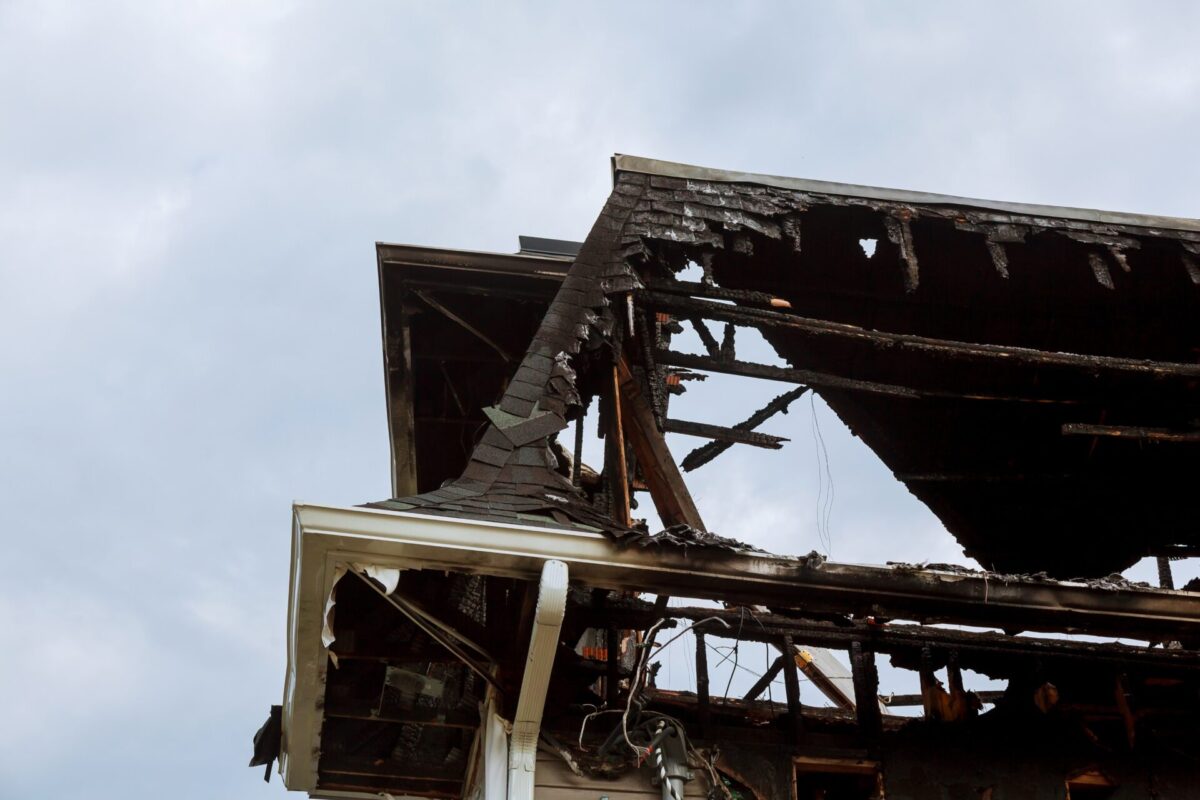Science Behind Fire-Resistant Roofing Material: How it Works and Why it’s Important

Posted on June 30, 2023 by Phillip Camerer
In today’s world, fire safety is a top priority for homeowners, businesses, and developers alike. The devastating consequences of fires have led to stricter building regulations and a growing demand for fire-resistant roofing materials. In today’s blog, we explore the need for a fire-resistant roof and its importance in protecting homes and buildings from fire hazards.
Safeguarding Structures and Families Through Fire-Resistant Roofing
Fire-resistant roofing material plays a crucial role in safeguarding structures against the spread of fires. By inhibiting the ignition and spread of flames, these materials provide an added layer of protection to roofs, which are often vulnerable to fire due to their exposure to external elements.
With the right choice of fire-resistant roofing material, property owners can significantly reduce the risk of damage or destruction caused by fires.
Building regulations have also evolved to prioritize fire safety measures, implementing stringent codes that require fire-resistant materials in construction projects, including roofing systems. Compliance with these regulations not only ensures the safety of occupants but also helps minimize potential liability for property owners.
After all, fires can start from various sources, including:
- Electrical Faults
- Cooking Accidents
- External Factors, like wildfires
Regardless of the cause, having a fire-resistant roof can act as a barrier against flames and heat transfer, giving occupants more time to evacuate safely and reduce damage to a structure.
In addition to protecting against external sources of fires, fire-resistant roofs also offer energy efficiency and durability advantages. These materials get designed to withstand extreme temperatures and weather conditions, providing long-lasting performance while reducing energy consumption by reflecting sunlight instead of absorbing heat.
Chemistry Behind Fire-Resistant Roofing Material
Fire-resistant building materials have a whole chemistry involving fire retardant chemicals designed to enhance flame retardancy and heat resistance properties to help snuff out a fire. Fire retardant chemicals undergo chemical reactions when exposed to high temperatures or flames.
These reactions release gases that act as fire suppressants, effectively slowing down or preventing the spread of fire. These chemicals can also form a protective layer on the roofing material, further enhancing its ability to withstand heat and flames.
The choice of fire retardant chemicals used in roofing materials depends on various factors such as:
- Desired Level of Fire Resistance
- Environmental Considerations
- Specific Application Requirements
Some commonly used fire retardant chemicals include but may not get used in the manufacturing of all types of roofing material:
Understanding the chemistry behind fire-resistant building materials is essential for developing innovative solutions that meet stringent safety standards by harnessing the power of chemical reactions and incorporating effective fire suppression mechanisms into roofing materials, creating structures better equipped to withstand fires and protect lives and property.
Find Me a Roofing Contracting Pro, Near Me
If you want to upgrade your roof or need your roof inspected for a fire-resistant material, contact the roofing pros at Phillip Camerer Roofing today at (417) 451-5479. Their experts will schedule a time to come to your home and assess your roof.
If you need help gathering the funds to complete your roofing project, Phillip Camerer Roofing has partnered with ARVEST Bank to help you obtain financing for your roofing project.
